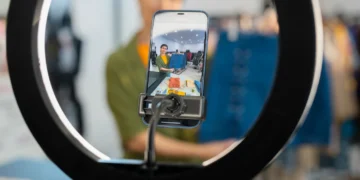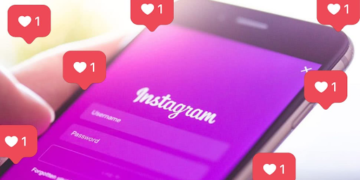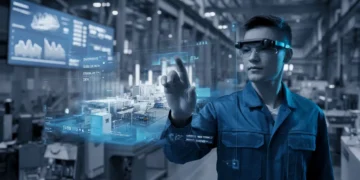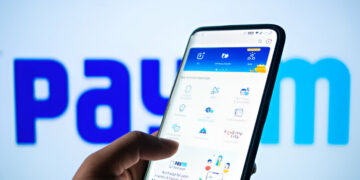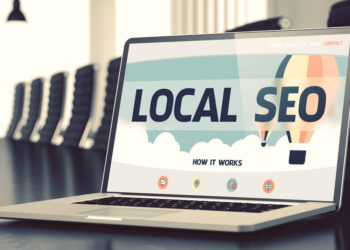The way we experience cities is evolving at a rapid pace. No longer just a collection of buildings, pavements and parks, today’s urban spaces are becoming interactive canvases for digital innovation. As technology continues to merge the physical and digital worlds, businesses are discovering new ways to connect with consumers—sometimes in the most unexpected places.
From benches with charging ports to smart lampposts with Wi-Fi, physical infrastructure is no longer static. These everyday objects are being transformed into platforms for engagement. And as this transformation accelerates, marketers are beginning to realize the power of blending physical touchpoints with digital experiences.
The Rise of the Connected City
Cities around the globe are embedding technology into their infrastructure to make daily life more seamless. Smart traffic lights manage congestion, interactive kiosks provide directions and digital billboards update in real time. These features don’t just improve efficiency; they also create new opportunities for brands to interact with people where they live, work and commute.
Consider the humble bike rack. Traditionally just a spot to secure a bicycle, today, businesses can buy bike racks outfitted with QR codes linking to local cycling apps, loyalty programs for nearby cafés, or augmented reality (AR) campaigns that turn an ordinary parking spot into an immersive brand experience. These integrations may seem small, but they represent a shift in how businesses can use physical spaces to capture attention in a digital-first age.
Bridging Offline and Online Experiences
One of the greatest challenges for marketers has always been measuring offline engagement. When someone walks past a store or sits in a public square, how do you know if your brand has made an impression? With the rise of connected infrastructure, the gap between offline and online is narrowing.
Proximity marketing tools, like Bluetooth beacons or NFC chips, allow businesses to deliver timely, location-based messages. Imagine sitting on a bench in a shopping district and receiving a discount code from a nearby store. Or scanning a code at a bike rack and unlocking a special offer on cycling gear. These interactions not only enrich consumer experiences but also generate valuable data for businesses looking to refine their strategies.
Why Physical Spaces Matter to Digital Brands

For digital-first companies, it might seem counterintuitive to invest in physical spaces. But the truth is, consumers crave real-world connections. Online ads and social media campaigns are effective, but they can become overwhelming in their sheer volume. A well-placed physical activation in a public space can cut through the noise, offering a tangible experience that stands out precisely because it’s different.
In a part digital, part physical world, hybrid experiences dominate. And businesses that can integrate both are more likely to build lasting relationships. Just as a seamless app experience fosters loyalty, so too does an engaging real-world interaction supported by technology.
Examples of Innovation on the Ground
We’ve already seen forward-thinking examples of this concept in action. In some cities, bus stops are fitted with interactive touchscreens where brands can advertise directly, provide entertainment, or even gamify the waiting experience. Retailers have experimented with AR mirrors in public spaces, allowing passersby to virtually try on products. And transportation hubs like airports are increasingly blending digital signage with mobile apps to keep travellers informed and engaged.
It doesn’t take futuristic infrastructure to join this trend. Even small touches, such as adding QR codes to store signage or sponsoring Wi-Fi hotspots can turn everyday moments into marketing opportunities.
The Road Ahead
As urban spaces become more connected, businesses have an unprecedented chance to weave themselves into the fabric of everyday life. But this opportunity comes with responsibility. Marketers must strike a balance between innovation and intrusion, ensuring that these digital interactions enhance, rather than disrupt, public spaces.
When done thoughtfully, the blending of physical and digital worlds creates experiences that are memorable and meaningful. Whether it’s a bench, a lamppost or a bike rack, the physical infrastructure of our cities is now part of the next frontier for creative digital marketing.
